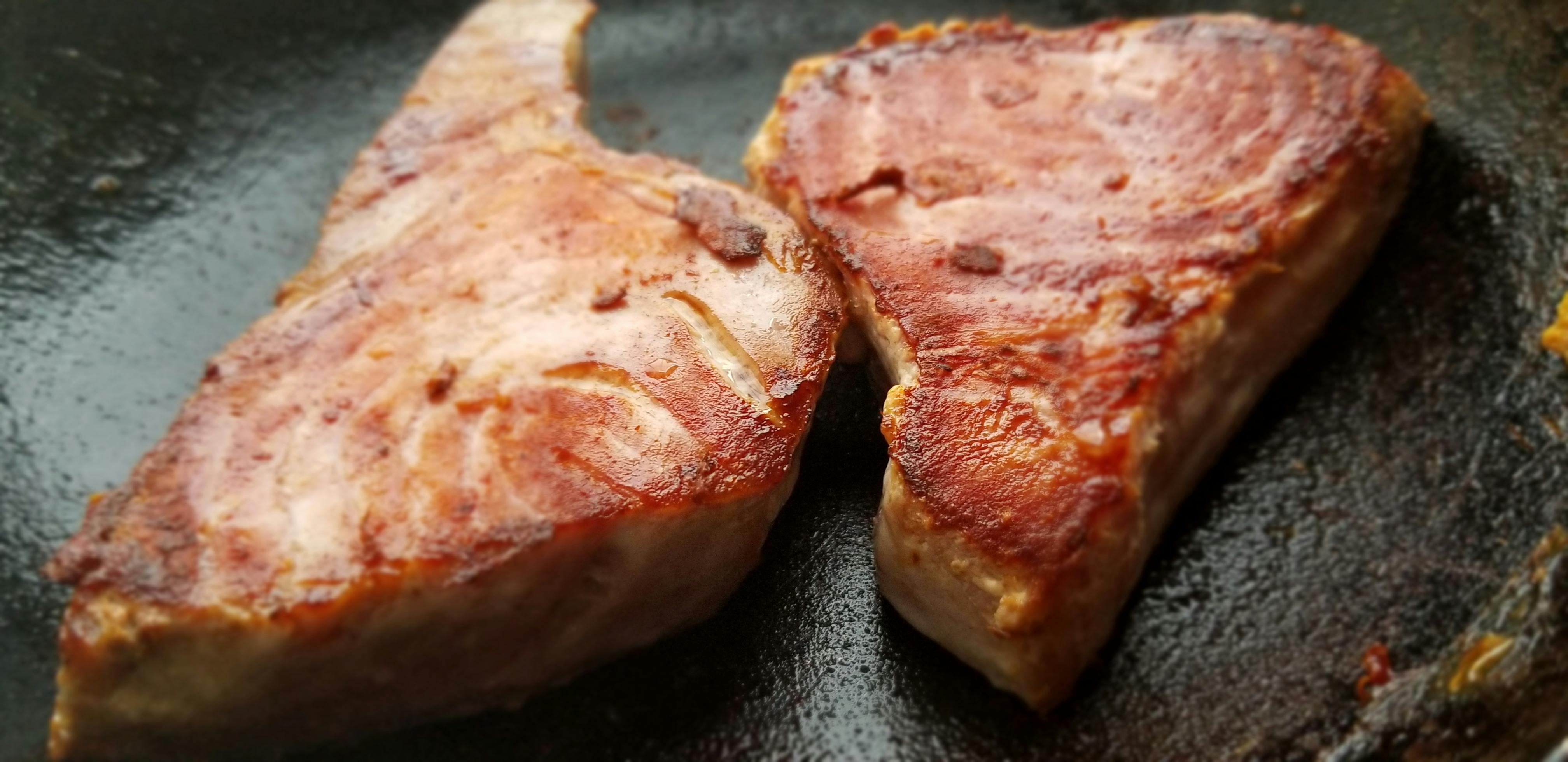Apply Now
Understanding the Benefits of Heart of Palm for Health
The heart of palm is an intriguing vegetable that has gained popularity due to its unique flavor, nutritional profile, and versatility in various dishes. Not only is it known for its culinary uses, but it also boasts a range of health benefits, making it a valuable addition to many diets. The heart of palm is rich in dietary fiber, antioxidants, and essential nutrients, making it a great choice for those seeking to enhance their well-being.
As we explore the benefits of heart of palm, we will delve into various aspects such as its nutritional content, potential health claims, and how it can fit into different dietary lifestyles, including vegan and gluten-free diets. The following sections will help you understand not only how to enjoy heart of palm but also how to incorporate it safely into your meals while being aware of any possible side effects.
Exploring Heart of Palm Nutrition Facts
Understanding the nutritional content of heart of palm is essential when incorporating it into your diet. This vegetable is low in calories yet high in several essential nutrients. A typical serving of heart of palm contains around 50 calories, making it an excellent choice for those looking to maintain or lose weight.
Packed with dietary fiber, heart of palm aids in digestion and supports gut health. Its fiber content helps regulate bowel movements and can assist in preventing gastrointestinal issues such as constipation or bloating. Moreover, heart of palm contains antioxidants that play a crucial role in fighting free radicals in the body, potentially reducing the risk of chronic diseases.
Incorporating heart of palm into your meals can add nutritional variety. Here are some popular heart of palm recipes that highlight its culinary versatility:
- Heart of palm salad: Combine it with fresh greens, tomatoes, and a light vinaigrette for a refreshing dish.
- Heart of palm soup: Blend cooked heart of palm with broth and seasonings for a creamy soup.
- Heart of palm tacos: Use it as a meat substitute in tacos, garnished with your favorite toppings.
With such a strong nutritional profile, heart of palm is a standout ingredient for anyone looking to improve their diet.
Heart of Palm and Its Potential Side Effects
While heart of palm offers numerous health benefits, it’s important to be aware of potential side effects. Some individuals may experience gastrointestinal issues such as gas, bloating, or nausea after consuming heart of palm, especially if they are not accustomed to high-fiber foods. Additionally, some people may have allergic reactions, resulting in symptoms like itching, hives, or digestive distress.
It is crucial for those with food sensitivities or allergies to consume heart of palm cautiously. If you have experienced a previous allergic reaction to similar plants, consult a healthcare professional before incorporating it into your diet. Moreover, while heart of palm is generally safe for most individuals, it's essential to keep portion sizes in mind to avoid any digestive discomfort.
For safety, it is advisable to choose reputable sources for canned or prepared heart of palm, ensuring that they are free from additives or preservatives that could contribute to negative reactions.
Cooking with Heart of Palm: Tips and Techniques
Cooking with heart of palm is simple and enjoyable due to its tender texture and mild flavor, which can complement various dishes. Here are some practical tips for using heart of palm in your culinary endeavors:
- **Preparation Methods**: Heart of palm is often found canned, but fresh variants are also available. When using canned heart of palm, always rinse it under cold water to reduce sodium content. Slice or chop it according to your recipe needs.
- **Flavoring Tips**: Heart of palm takes on flavors well, making it a great addition to salads, soups, and stir-fries. Consider marinating it with lemon juice, olive oil, herbs, or spices to enhance its profile.
- **Substituting for Other Ingredients**: This vegetable can serve as an excellent substitute for meat in various dishes, providing a plant-based protein option. It can also be integrated into sushi or vegan appetizers to provide a unique twist on traditional recipes.
By understanding these cooking techniques, you can easily introduce heart of palm into your home cooking and experiment with its many culinary possibilities.
Heart of Palm in Diverse Cuisines
Heart of palm is versatile and featured in many global cuisines, making it a fantastic ingredient for exploring new flavors. Here’s a look at how different cultures incorporate heart of palm into their dishes:
- **Latin American Cuisine**: Heart of palm is commonly found in Latin dishes. It is often used in salads or as an accompaniment to fish and meats. Its texture makes it an appealing ingredient in ceviche, where it adds a unique crunch.
- **Asian Influences**: In Asian cooking, heart of palm can be added to soups or stir-fries, pairing well with bold flavors and spices. Its subtle taste allows it to balance richer profiles commonly found in this cuisine.
- **Mediterranean Flavors**: Heart of palm serves as a fantastic addition to Mediterranean dishes, enhancing salads and providing a refreshing element to wraps or meze platters.
Exploring heart of palm through various culinary traditions not only broadens your palate but also highlights the vegetable's adaptability in modern cooking.
Frequently Asked Questions about Heart of Palm
What are the health benefits of heart of palm?
Heart of palm is rich in fiber and antioxidants, which can improve digestion, provide essential nutrients, and promote overall health. Its low-calorie nature makes it a suitable choice for weight management while offering a unique flavor.
Are there any risks associated with heart of palm consumption?
Potential side effects include gastrointestinal distress or allergic reactions for sensitive individuals. It’s crucial to monitor your body's response when trying new foods and consult with a healthcare provider if you have concerns.
Can heart of palm be part of a ketogenic diet?
Yes, heart of palm is low in carbohydrates and can fit well into a ketogenic diet. It's an excellent substitute for pasta and grains, making it a versatile ingredient for those following low-carb plans.
How should heart of palm be stored?
If using canned heart of palm, store it in a cool, dry place. Any leftovers should be transferred to a sealed container and refrigerated. Fresh heart of palm should be consumed within a few days for the best flavor and quality.
What are some culinary uses for heart of palm?
Heart of palm can be used in salads, soups, tacos, and as a meat substitute in various dishes. Experimenting with different recipes can showcase its versatility in a healthy diet.




